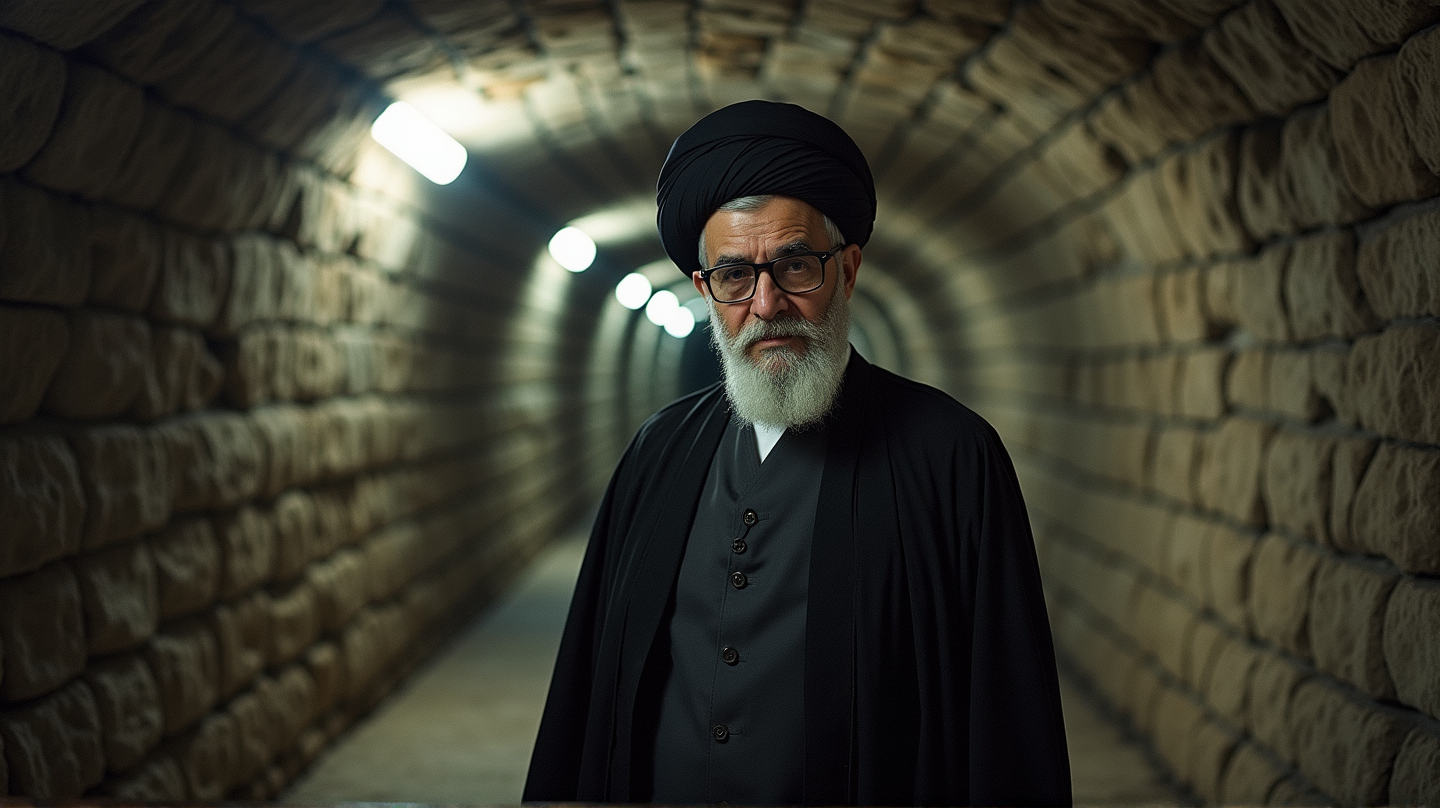Iran’s political landscape faces a crucial crossroads as Supreme Leader Ayatollah Ali Khamenei, amidst growing tensions, has taken decisive steps to secure a stable transition of power in case of an unexpected demise. The sense of urgency stems from the ongoing conflict with Israel, raising concerns about possible threats to his life.
A Secure Line of Succession
The New York Times reveals that Khamenei has named three potential successors in the event of his assassination. This proactive measure highlights the volatility of the region and the supreme leader’s realization of the ever-present dangers threatening his position. With these successors identified, Khamenei aims to ensure continuity and stability within Iran’s political framework.
The Institutional Safety Net
Iran’s constitution outlines a well-structured succession process, with the Council of Experts—a body of 88 seasoned Islamic jurists—responsible for deciding the next leader. This institutional approach is designed to maintain consensus and stability within the Islamic Republic, safeguarding it from political shocks. As stated in South China Morning Post, this structure mirrors Iran’s commitment to preparedness, even in tumultuous times.
Leadership Style Amid Uncertainty
In the wake of heightened hostilities, Khamenei has reportedly taken refuge in a bunker, communicating selectively through trusted intermediaries. This strategy underscores his wariness of electronic surveillance and his determination to maintain control over Iran’s military hierarchy. Recent messages to the Iranian public have echoed his enduring defiance against Israel and emphasized Iran’s resolve in the face of aggression.
Exploring Alternatives for Stability
Reflecting on historical precedents, such as the transition following Ayatollah Ruhollah Khomeini’s death, Iran entertains the prospect of a leadership council model. This alternative approach might mitigate risks in the uncertain future. However, if effectiveness prevails, a singular leader is likely to be chosen once again, continuing Iran’s tradition of centralized leadership.
The Shaping of Iran’s Future
As Iran navigates these tumultuous times, the leadership strategies employed by Khamenei could redefine Iran’s path in the geopolitically charged Middle East. Whether opting for a single successor or a leadership council, the outcome will invariably impact Iran’s stance on the global stage and its relations with neighboring countries.
